June is a great time to spot and identify wildflowers, note where they are and consider collecting their seed at a later date when the plant matures and has developed viable seed.
Sowing the seed you have collected is a great technique to add species and increase diversity, but also as a remedial action to maintain and improve a wildflower space or meadow. Areas of bare ground provide an opportunity to introduce the same, or new species of wild flowers. You can use these techniques to enhance the species diversity you find in your meadow.
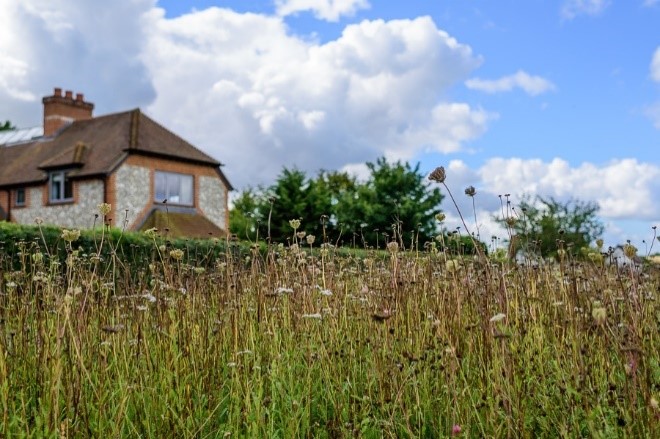
If you don’t, nature will fill any spaces with plants. Hopefully she adds what you would like from the seed of nearby flowers, but there may well be undesirables that are blown in from a neighbouring weed patch. So view any bare ground as an opportunity to enhance the species diversity, or alternatively deliberately create some bare ground to achieve the same.
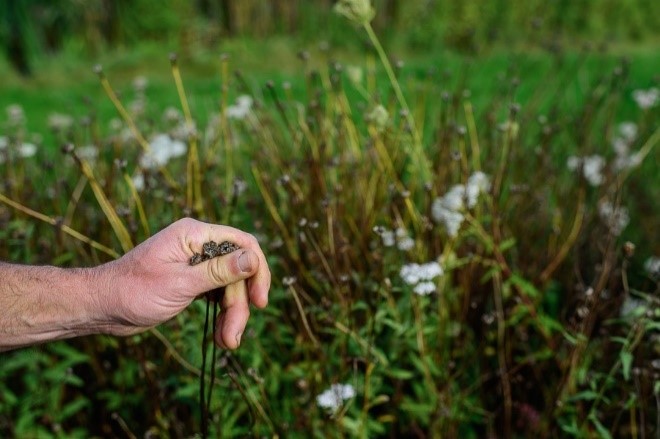
Late May, June and Early July is a good time to plan. Adding species can be relatively easy using seed, especially if you are choosing the additional species based on wild flowers you are seeing in the locality of your meadow. If you see a flower that you would like to include in your meadow, make a note of where you see it, keep an eye on it as it flowers and then starts to produce a seed head. Before the seed head sheds naturally, collect the seed. You will never get it all and you must be patient to ensure that the seed will be viable. Too soon and the seed won’t germinate; too late and it will have been dispersed by the plant already and there will be nothing to collect.
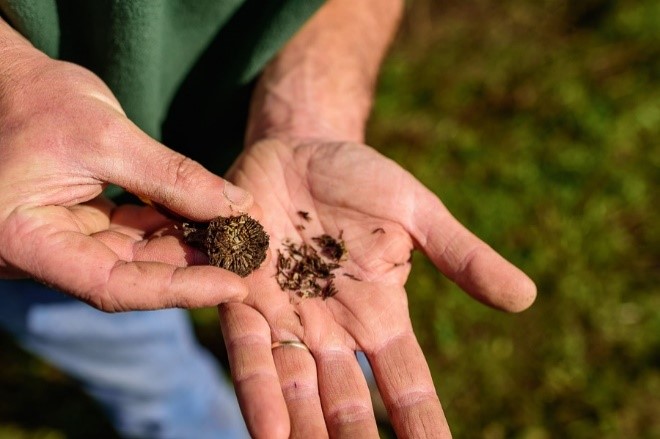
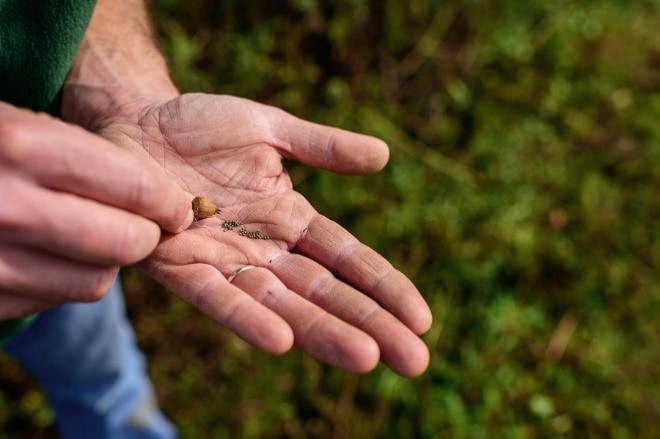
It might be hard to find the seed heads when they are ready to collect. The flowers are easy to spot but by the time they are ready to shed seed the plant has senesced and other things may be dominant and camouflage the plant you want. So reasonably accurate recording of where the plants are will make collection much easier.
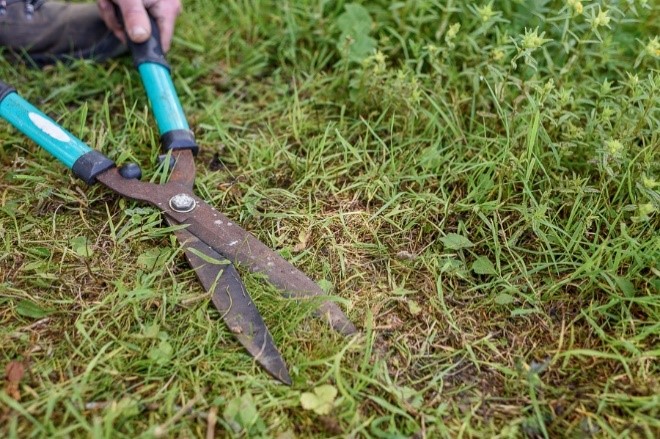
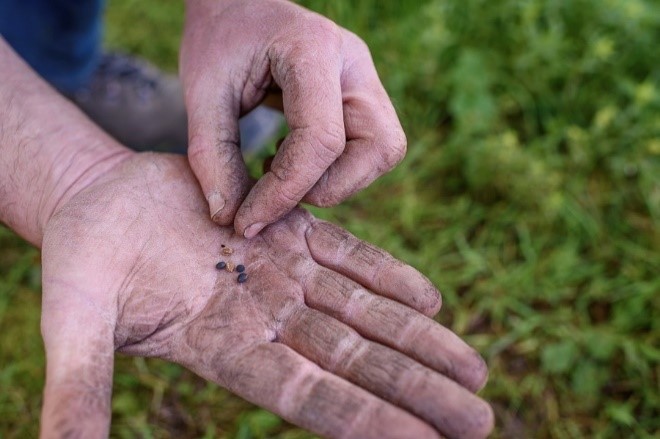
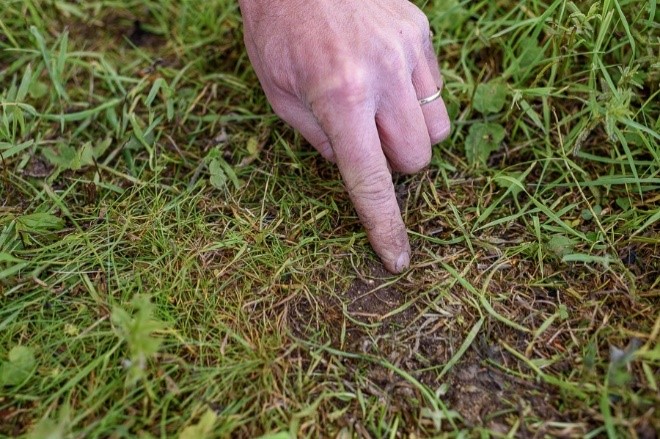
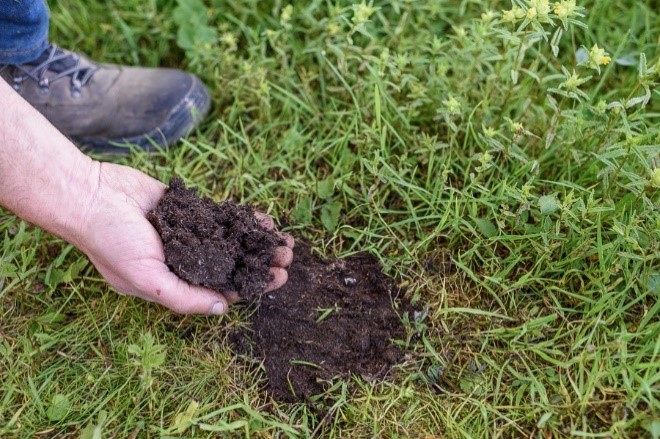
To enhance a meadow with seed, you don’t need to add a great deal of it. Because you don’t need much it will not cost too much (if you buy the seed) or be too hard work to collect. Harvesting seed from plants that are already established, either nearby or on site won’t guarantee success but if you find a species that does well on your site or in your locality, then it is more likely it will work. By only collecting small amounts, you can experiment without expending a lot of energy or money and you can test the water. If it works do more next year and if it doesn’t look for other species. Having said that, just because it doesn’t work one year don’t give up with that species. Sometimes germination can vary and some of the species may take more than one year to establish. If you have been trying unsuccessfully for a few years that is likely to be nature’s way of saying try something different!